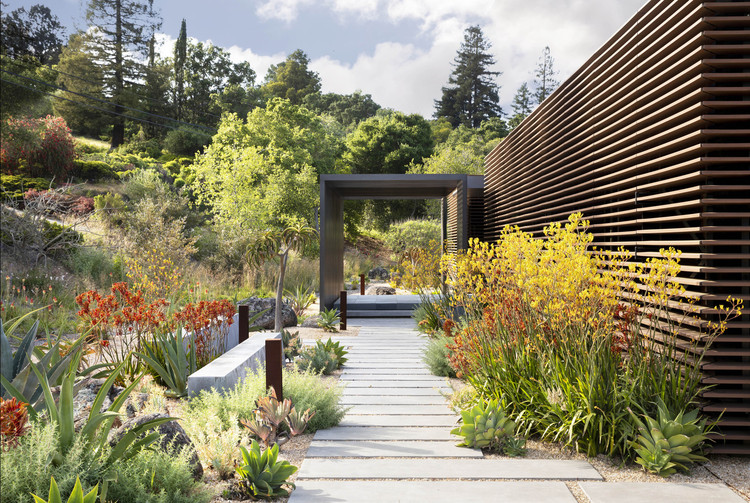Designing a residential landscape involves planning and arranging outdoor spaces to enhance the beauty and functionality of a property. Here’s a step-by-step guide to help you create a well-designed residential landscape:
- Assessment and Goal Setting:
- Evaluate your property’s characteristics, including soil quality, climate, sunlight exposure, and existing vegetation.
- Set clear goals for your landscape, considering elements such as aesthetics, functionality, sustainability, and maintenance requirements.
- Site Analysis:
- Identify existing features, including trees, slopes, structures, and utilities.
- Consider how the sun and wind interact with the space throughout the day and seasons.
- Functional Zones:
- Define different areas for specific functions, such as entertaining, gardening, playing, or relaxing.
- Consider factors like privacy, noise, and traffic flow when organizing these zones.
- Hardscape Design:
- Plan the placement of non-living elements, such as paths, patios, decks, and walls.
- Select appropriate materials that complement your home’s architecture and the overall design theme.
- Softscape Design:
- Choose plantings that suit your climate, soil conditions, and maintenance preferences.
- Consider a variety of plants for year-round interest, including trees, shrubs, flowers, and groundcovers.
- Color and Texture:
- Create a color palette that complements your home and surroundings.
- Incorporate various textures through plant selections and hardscape elements.
- Focal Points:
- Introduce focal points like water features, sculptures, or specimen plants to draw attention to specific areas.
- Lighting Design:
- Strategically place outdoor lighting to enhance safety, highlight key features, and extend the use of outdoor spaces into the evening.
- Sustainability and Environmentally Friendly Practices:
- Choose native plants to support local ecosystems and reduce water usage.
- Implement eco-friendly practices such as rain gardens, composting, and permeable paving.
- Maintenance Considerations:
- Design with maintenance in mind by selecting plants and materials that align with your time and budget constraints.
- Plan for proper irrigation and drainage systems.
- Budgeting:
- Determine a budget for your landscape project and prioritize features accordingly.
- Consider phased implementations if the budget is a limiting factor.
- Professional Assistance:
- If needed, consult with landscape architects or designers for expert advice, especially for more complex projects.
Remember that personal preferences play a significant role in Residential Landscape Design. Tailor the design to your specific needs and tastes to create a residential landscape that brings joy and adds value to your property.
